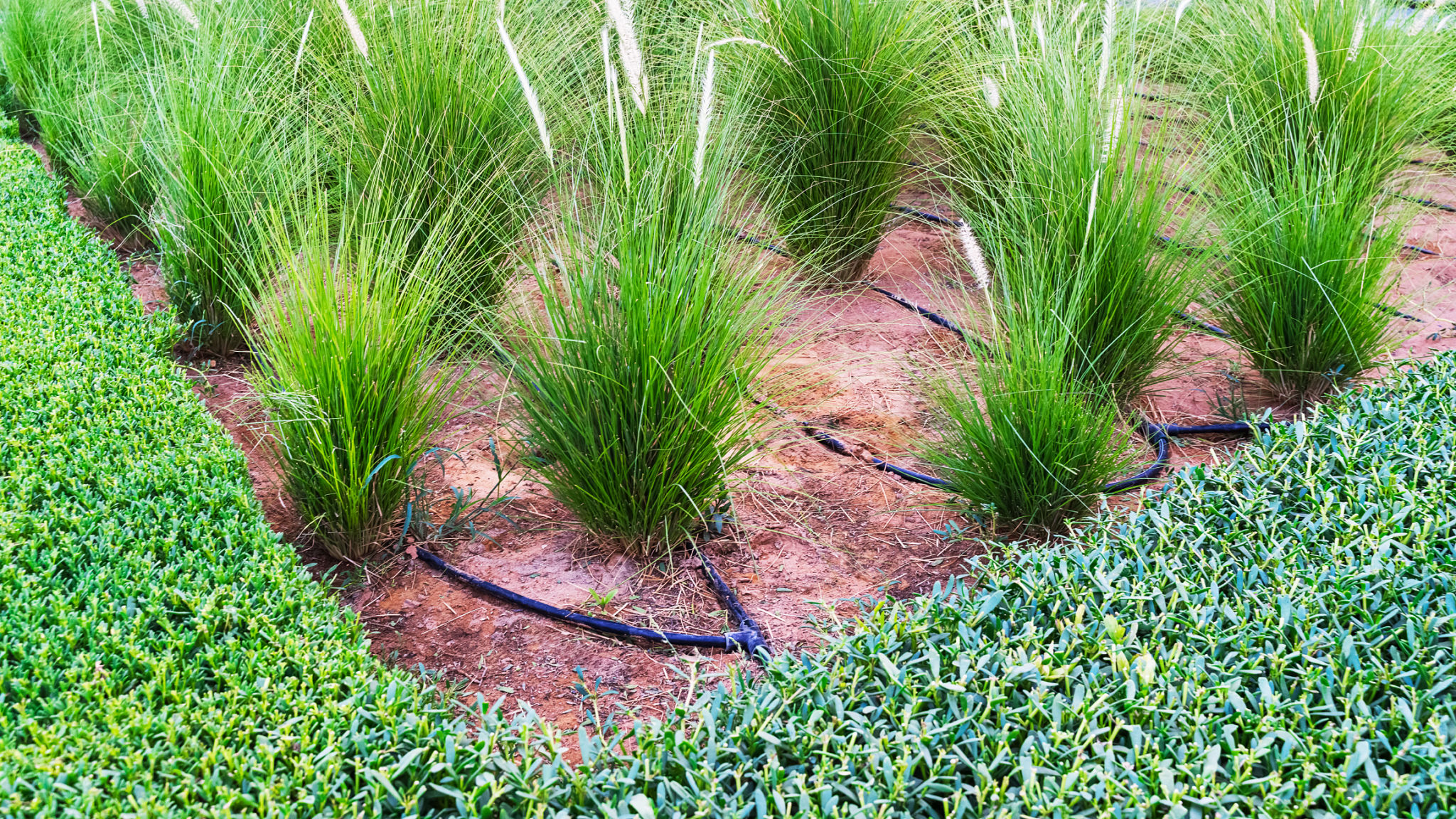Seasonal Tips: Summer Garden Watering for Central Valley Residents
Understanding the Central Valley Climate
The Central Valley of California is known for its hot, dry summers, which can pose challenges for gardeners. Understanding the local climate is crucial for effective garden watering. During the peak of summer, temperatures can soar above 100°F, leading to rapid evaporation and increased water needs for plants.
As the sun beats down, water conservation becomes essential. It's important to balance the need for hydration with the responsibility of conserving this precious resource. By tailoring your watering practices to the specific climate conditions, you can keep your garden thriving.

Best Time to Water
Watering your garden at the right time of day can make a significant difference. The best time to water is early in the morning before the sun rises too high. This allows the water to soak into the soil and reach the plant roots without evaporating too quickly.
If morning watering isn't possible, late afternoon or early evening can be an alternative. However, avoid watering at night, as prolonged moisture on leaves can lead to fungal diseases.
Morning vs. Evening Watering
While both options have their merits, morning watering is generally preferred. It reduces the risk of disease and ensures that water is available during the hottest parts of the day.

Efficient Watering Techniques
Implementing efficient watering techniques can help conserve water and ensure your plants receive the moisture they need. Consider using drip irrigation systems, which deliver water directly to the plant roots, minimizing wastage.
Another effective method is using soaker hoses. These hoses release water slowly and evenly, allowing for deep soil penetration. Mulching around your plants can also help retain soil moisture and reduce evaporation.
Drip Irrigation Benefits
- Reduces water waste
- Prevents overwatering
- Minimizes weed growth

Adjusting to Plant Needs
Different plants have varying water requirements. It's important to understand the specific needs of the plants in your garden. For instance, succulents and drought-tolerant plants require less frequent watering compared to vegetables and flowers.
Regularly inspect your plants for signs of over or under-watering, such as wilting or yellowing leaves. Adjust your watering schedule based on these observations to maintain a healthy garden.
Signs of Water Stress
- Wilting or drooping leaves
- Leaf scorch or browning edges
- Poor growth or no new growth
By paying attention to these signs, you can fine-tune your watering practices for optimal plant health.
